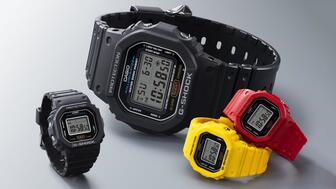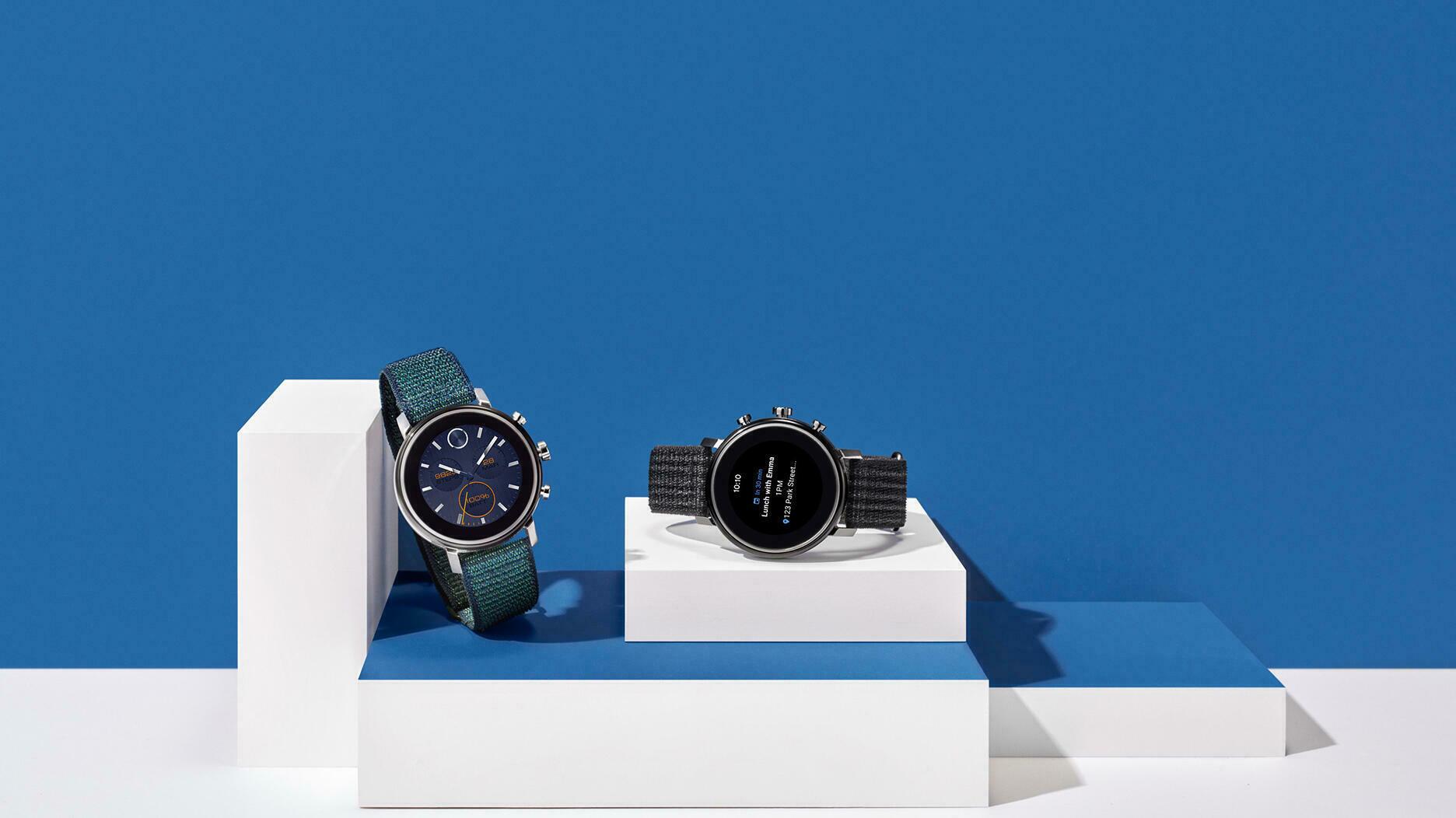Signet Cuts Ties With Russian-Owned Companies
The news preceded announcement of the company’s full-year results, which were strong.

The jeweler said last week in a press release about donating to the Red Cross Ukraine that it had suspended all business interactions with Russian-owned entities since the beginning of the invasion, a point its leader reiterated Thursday morning.
“Russian diamonds, which we have suspended, were really a small impact for us, but we’re taking a bigger stand on this issue because we think that it’s so important,” said Signet CEO Virginia C. Drosos on the call.
She noted that Signet is a founder of the Responsible Jewellery Council and a member of the World Diamond Council, and has its own in-house sourcing protocol.
“This helps us dig back into the supply chain, not only to know that our vendors are operating ethically but that everyone on the supply chain from mine to market is operating on the standards that we require.”
Drosos said the company has been working with its vendors and leveraging its vertical integration and sourcing to mitigate any potential price increases related to the ban of Russian diamonds.
“We believe that the pricing pressure will impact Signet less than other industry players and the retail segment as a whole,” she said.
The Signet Love Inspires Foundation has pledged $1 million to the Red Cross Ukraine and will match donations from Signet employees two-to-one, up to $1,000 per person per year.
“We will continue to look for additional opportunities to support the people of Ukraine and our thoughts and prayers are with them all,” said Drosos.
Looking at its quarterly performance ending Jan. 29, Signet’s sales totaled $2.8 billion, up 29 percent year-over-year, with same-store sales climbing 24 percent, the retailer reported.
“The investments we have made in our ‘Connected Commerce’ capabilities and differentiated banner assortment and marketing have driven meaningful share gains, with all categories and all banners outpacing jewelry industry growth,” Drosos said in a press release.
Compared with pre-pandemic 2020, quarterly sales were up 31 percent with same-store sales up 35 percent.
Brick-and-mortar sales rose 35 percent year-over-year and were up 22 percent compared with 2020, while online sales increased 9 percent year-over-year and surged 85 percent compared with 2020.
For the full year, the jeweler increased its share of the U.S. jewelry market, which is now at 9 percent.
Signet’s full-year sales totaled $7.8 billion, up 50 percent year-over-year, with same-store sales up 49 percent.
Compared with pre-pandemic 2020, annual sales were up 28 percent with same-store sales up 34 percent.
Brick-and-mortar sales rose 56 percent year-over-year and were up 17 percent compared with 2020. Online sales, meanwhile, were up 28 percent year-over-year and more than doubled percent compared with 2020, up 101 percent.
On Thursday’s earnings call, Drosos noted that a record number of couples are expected to get married in the United States this year and Signet is ready to serve them.
Around 2.5 million couples will tie the knot in 2022—the most weddings since 1984—and spend an average of $24,300 on their wedding, predicted Shane McMurray, founder and CEO of market research company The Wedding Report Inc.
Rocksbox, the Signet-owned jewelry rental platform’s subscription service, has been testing out a bridal box to cater to the market with affordable jewelry, said Drosos.
Vacations are also returning, she said, with consumers willing to spend money on flights priced significantly higher than pre-pandemic rates. Though vacations and jewelry often battle it out for discretionary dollars, Drosos framed it as consumers being ready to spend large amounts of money in spite of inflation.
She also noted that double-digit increases on travel costs will be bigger than any price increases Signet customers might see as a result of the ban on Russian diamonds.
In other company news, a new loyalty program, Vault Rewards, has been tested out at select Jared stores and may soon roll out to all Signet banners, said Drosos.
Looking at North America, where Signet’s banners include Kay, Jared and Zales, fourth-quarter sales totaled $2.6 billion, with same-store sales up 22 percent.
Compared with 2020, quarterly sales were up 33 percent with same-store sales up 38 percent.
Brick-and-mortar sales in North America were up 31 percent year-over-year and up 24 percent compared with 2020.
Online sales in the region were up 14 percent year-over-year and up 89 percent compared with 2020.
Average transaction value (ATV) was up 17 percent while the number of transactions inched up 4 percent compared with last year.
For the full-year, sales in North America totaled $7.3 billion, with same-store sales up 50 percent.
Compared with 2020, annual sales were up 31 percent with same-store sales up 38 percent.
Full-year brick-and-mortar sales in North America were up 56 percent year-over-year and up 20 percent compared with 2020, while online sales in the region rose 31 percent year-over-year and more than doubled compared with 2020, up 104 percent.
ATV was up 14 percent while the number of transactions increased 29 percent compared with last year.
Drosos differentiated Signet from retailers facing supply chain issues, which saved the retailer during the holiday season, highlighting the company’s position as a De Beers sightholder and its cut-and-polish facility in Botswana.
The company has also sub-contracted seven manufacturing facilities in India to work only for Signet, she said.
Signet’s production capacity increased ten-fold last year, said Drosos, adding that its AI-driven inventory management puts the company in a competitive position.
Looking ahead to fiscal 2023, the company expects to see first-quarter revenue between $1.78 billion and $1.82 billion while full-year revenue is expected to total between $8.03 billion and $8.25 billion, a year-over-year increase of 3 to 6 percent.
Signet said it expects the jewelry market as a whole to be down low-single digits to flat this year.
“Our fiscal 2023 guidance reflects top-line performance that we believe will outpace the market while also delivering a double-digit operating margin by leveraging sustainable advantages, notably fleet optimization, inventory efficiency and an enhanced labor model,” Chief Financial Officer Joan Hilson said in a press release.
The Latest

The filmmaker’s personal F.P. Journe “FFC” prototype was the star of Phillips’ recent record-setting watch auction in New York.

The new location in the Design District pays homage to Miami’s Art Deco heritage and its connection to the ocean.

Inflations, tariffs, and politics—including the government shutdown—were among consumers’ top concerns last month.

How Jewelers of America’s 20 Under 40 are leading to ensure a brighter future for the jewelry industry.

“Longtime favorite” presenters, as well as first-time speakers, will lead talks and workshops at the annual event in Tucson next year.


Silas Smith of Meridian Metalworks won the challenge with his pendant that blends Australian and American landscapes.

The sale of the 31.68-carat, sunset-hued stone was part of Sotheby’s first series of events and auctions in Abu Dhabi.

Roseco’s 704-page catalog showcases new lab-grown diamonds, findings, tools & more—available in print or interactive digital editions.

Most customers who walk into your store this month have made up their minds. Your job is to validate their choice, Emmanuel Raheb writes.

The collection features characters and motifs from Ukrainian folklore, including an enchanted mirror and a magic egg.

MatrixGold 3.11, the newest version of the jewelry design program, offers more flexibility, precision, and creative control.

The pavilion will be part of the 2026 JA New York Spring show, scheduled for March 15 to 17.

Kadet, a 1994 National Jeweler Retailer Hall of Fame inductee, helped grow the family-owned retailer in the Chicago area and beyond.

Billed as the world’s smallest wearable, Lumia Health’s new smart earrings have a health tracker subtly embedded in the back.

Don’t let those with December birthdays feel blue. Help them celebrate their month with blue zircon, turquoise, and tanzanite.

The new pink sapphire version of the piece dances with its wearer in the brand’s “Icons After Dark” holiday campaign.

A choice that’s generated a lot of commentary, Pantone says “Cloud Dancer” marks a fresh start and encourages relaxation and creativity.

The manufacturer’s holiday campaign features a gift guide filled with trending designs and jewelry that can be personalized.

The man was charged with theft, accused of ingesting the necklace while in a jewelry store in Auckland, New Zealand.

The Florida independent expanded its store from 8,000 to 14,000 square feet, fulfilling the vision of its late co-founder, Jim Dunn.

Sponsored by De Beers Group

The classic 5600 series G-Shock has been scaled down to about a tenth of its size, becoming a fully functioning watch ring.

The association’s annual conference and gala will take place Feb. 4, 2026, during the Tucson gem shows.

The January show will include a workshop for jewelry retailers on implementing AI to strengthen their businesses.

Fellow musician Maxx Morando proposed to the star with a chunky, cushion-cut diamond ring designed by Jacquie Aiche.

The retailer, which sells billions in fine jewelry and watches, is suing the Trump administration and U.S. Customs and Border Patrol.

Black Friday is still the most popular shopping day over the five-day holiday weekend, as per the National Retail Federation’s survey.





























